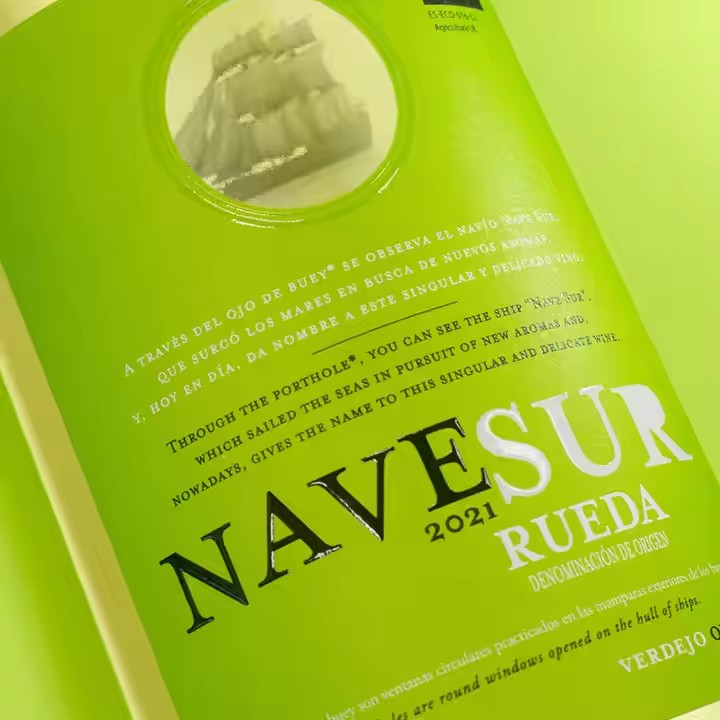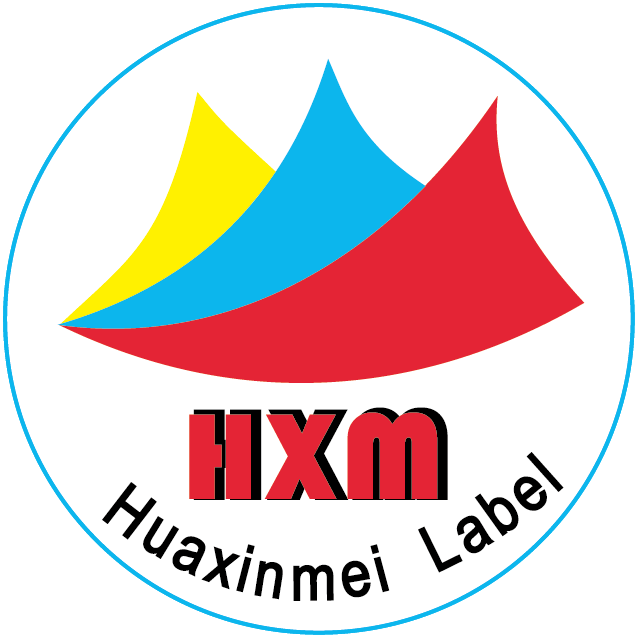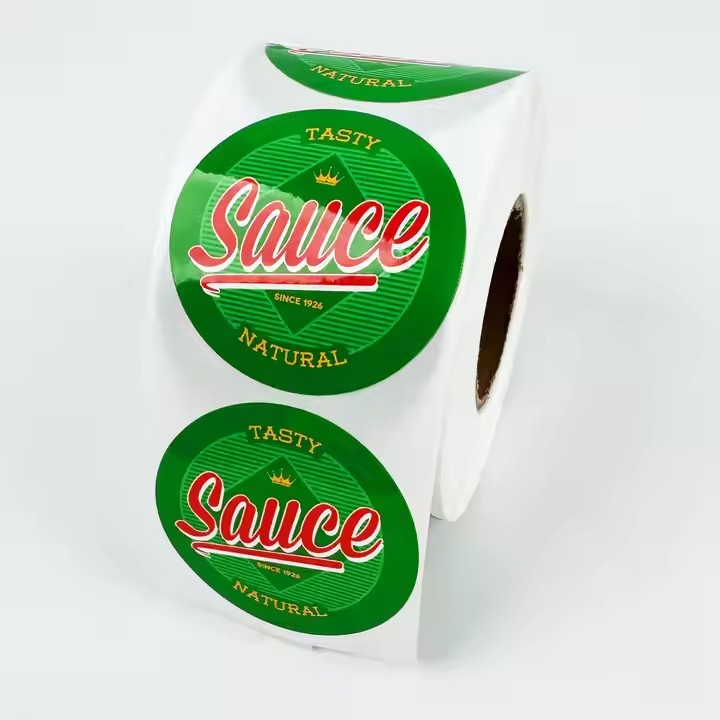Regulatory Standards
Product-related Regulations: Different countries and regions have different regulatory requirements for product labels. For example, the REACH Regulation in the European Union has strict regulations on the content and format of chemical labels. It is necessary to indicate the composition of chemicals, hazard classification, safety warnings and other information. The US Food and Drug Administration (FDA) has detailed requirements for the ingredient labeling and nutritional claims of food and drug labels. All ingredients of food must be accurately listed on the label, and the ingredients with a content exceeding a certain proportion should be arranged in descending order.
Environmental Protection Regulations: Many overseas markets attach great importance to environmental protection and have environmental requirements for label materials and printing processes. For example, the European Union stipulates that label materials must meet environmental protection standards, be degradable and recyclable, and printing inks should use environmentally friendly inks to avoid environmental pollution.
Cultural Preferences
Religious Culture: Different religious cultures have different taboos and preferences. For example, in the Middle East, label design should avoid elements that are contrary to the teachings of Islam. Green is often regarded as a sacred color, and its symbolic meaning should be noted when using it. In India, cows are regarded as sacred animals, and there should be no patterns or images disrespectful to cows on the label. For example, in Christianity, religious symbols such as the cross are highly respected, representing the salvation of Jesus. The cross must not be desecrated or parodied. When using related elements for design and other activities, special care should be taken to ensure that it is for respectful and positive purposes. Therefore, when designing labels, it is necessary to avoid designing symbols related to the cross, which is a disrespect for local Christianity.

Regional Culture: Each region has unique cultural symbols and preferences. For example, in Japanese culture, cherry blossoms and Mount Fuji are representative elements. When designing labels for the Japanese market, the reasonable use of these elements may increase the affinity of the product. In some European and American countries such as France and Italy, which have a high pursuit of art and fashion, label design may need to pay more attention to a sense of fashion and artistic atmosphere.
Design Details
Simplicity and Intuitiveness: Customers in developed countries in Europe and America and other regions usually prefer a simple and intuitive design style. The information on the label should be concise and clear, avoiding overly complex patterns and text piles, so that consumers can quickly obtain key information in a short time.
Personalization and Creativity: Overseas customers are paying more and more attention to the personalization of products and hope that custom labels can reflect unique creativity and brand personality. For example, some niche fashion brands or creative products will require label designs to have unique creative elements to stand out among many products.
Language Content
Language Accuracy: The written content on the label must use the local common language and be expressed accurately. For example, for products exported to English-speaking countries, the English expressions on the labels should conform to local language habits and grammar rules to avoid spelling mistakes or ambiguities. The content on multilingual labels must accurately convey the same information to avoid misunderstandings by consumers due to translation ambiguities or errors. For example, information such as ingredients, instructions for use, and shelf life on food labels should be accurately corresponding in different language versions without deviation.
Cultural Adaptability: In the process of translation, not only the literal meaning of the language should be considered, but also the cultural background and habitual expressions. For example, color words have different symbolic meanings in different cultures. When translating color-related descriptions, it is necessary to ensure that they will not cause misunderstandings or negative associations in the target language culture.
Multilingual Needs: For some products sold across borders, the label may need to contain multiple languages. For example, in Switzerland, product labels usually need to contain German, French, Italian and other languages to meet the needs of consumers in different regions. Determine the languages of the target market, and the label should contain the main languages of the target market. For example, if the product is sold to the United States and the United Kingdom, the label generally needs to use English. If it is for the Canadian market, it is usually necessary to use both English and French at the same time, because the official languages of Canada are English and French. In Switzerland, labels may need to contain the four official languages of German, French, Italian and Romansh.

Quality and Function
Durability: The durability of labels means that the label can maintain its physical, chemical and functional integrity throughout the product’s life cycle, including storage, transportation, display and use, to ensure that the information on the label is always clear and complete and the label itself does not suffer from damage, falling off and other problems. The label should have good durability and be able to withstand various environmental tests during the storage, transportation and use of the product. For example, for products used in humid environments, the label needs to have waterproof function. For products in high-temperature environments, the label should be able to withstand high temperatures without fading or deforming.
Functional Requirements: Some special products may have specific functional requirements for labels. For example, electronic product labels may need to have functions such as anti-static and anti-electromagnetic interference. Cold chain food labels need to maintain viscosity and stability in low-temperature environments.


